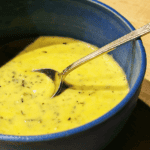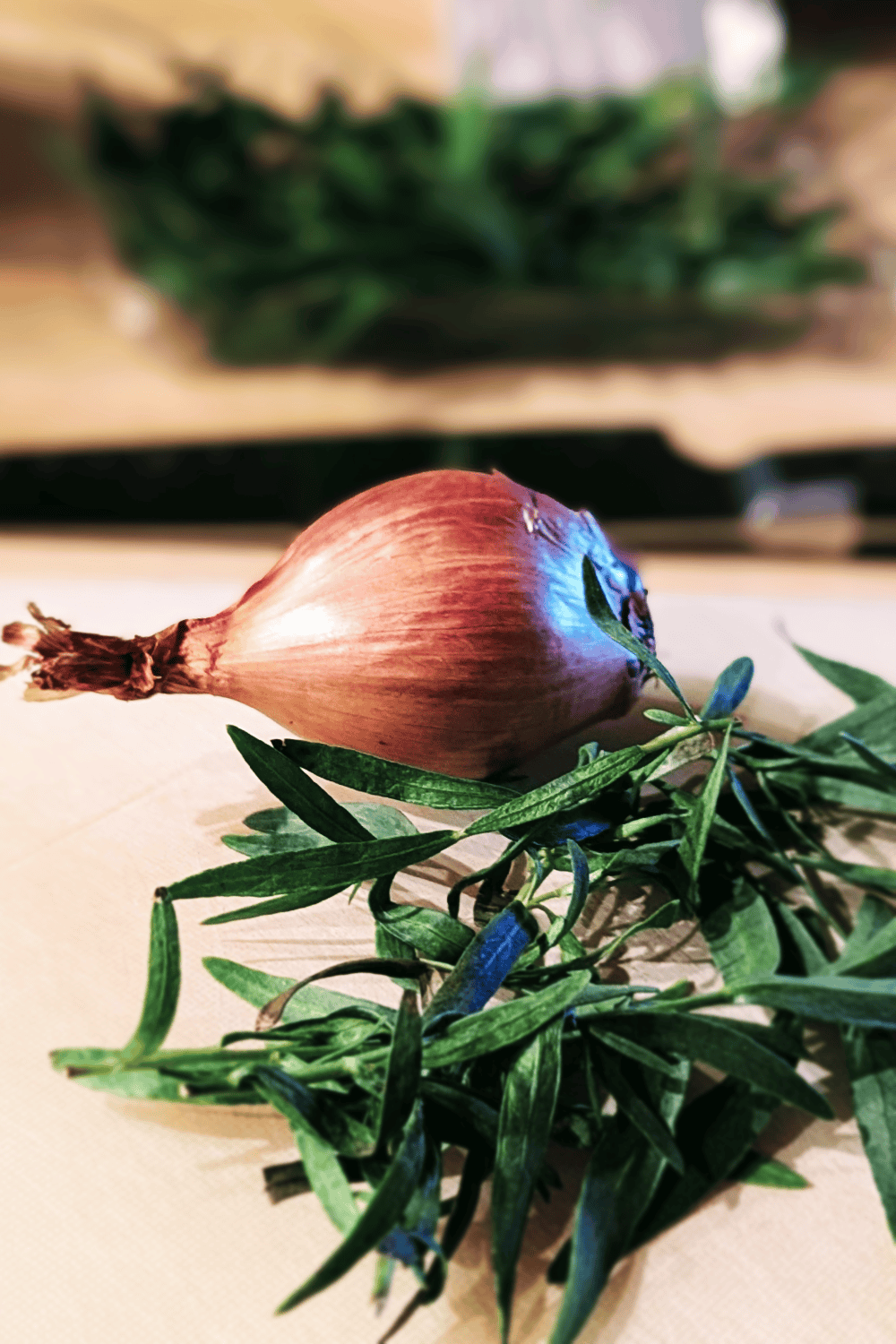Every recipe has a story. How I would have loved to be a bird in a tree outside of my great grandmother’s house in Queens, perched at the kitchen window with her cooking inside. What recipes does she remember? How did her cooking change because of her life as a single mom? What recipes came from Italy and what recipes came from newspaper clippings? How did her mother make tomato gravy? Who was the first person in my family to make our beloved “meat pie” or add a pinch of nutmeg to ricotta before adding it to lasagna? These are questions I will never have answers to, but this collection of breadcrumbs make a canon that I carry close to my heart. Each time I make one of these dishes, it’s like a photograph coming to life, carrying our history forward into the future.
A Brief History of Culinary History
According to scholars, the oldest written recipe is a method for brewing beer that was written on clay tablets in Ancient Mesopotamia (modern day Iraq) around 1730 BCE. Since then, our understanding (and documentation) of culinary history has continued to grow across the globe. In 1651, a chef from Burgundy, François Pierre de la Varenne, wrote Le Cuisinier François, a book solidifying French cooking as an identity unto itself.
The Evolution of Mother Sauces
Fast forward to 1833 when another French chef, Marie-Antoine Carême, named four “mother sauces” as core components to French cookery: Velouté, Béchamel, Allemande, and Espagnole. Who could have imagined that just thirteen years later, in a little village on the outskirts of Nice, Georges-Auguste Escoffier would be born. At the age of 12, Escoffier was apprenticing at his uncle’s restaurant and by 1903 he had risen in the culinary world so much that when he adjusted the Mother Sauces by demoting Allemande (a version of Velouté) and adding Hollandaise and Tomato sauces, the culinary world listened.
Simplifying Bearnaise for Real Life
The recipe I’m sharing today is an easy approach to Bearnaise, a light and herby tarragon infused cousin of hollandaise sauce. Hollandaise is made by emulsifying egg yolks with lemon juice and clarified butter. Perfect for benedicts, eggs, vegetables, fish and savory crepes. Here, I take some steps that to some might seem blasphemous. I don’t clarify the butter or use a double boiler (although a double boiler is a great way to reheat if you’re like me and don’t have a microwave).
I don’t skip these steps out of disrespect. I make bearnaise like this because if I didn’t figure out a way to make it work for my real life, I don’t know if I would ever make it. There are times in life that you just need to make something a little bit easier so you can actually make it happen. And I think it’s especially important to note that no one ever complains when this luscious and delightful sauce hits the table. Sometimes when I make it, I press all the water out of a few fire roasted green chiles, dice them and fold them into the sauce right before serving, but that’s up to you.
PrintEasy Bearnaise Sauce
Learn about the fascinating history of French sauces while making a delicious and easy Bearnaise sauce. This simplified recipe skips the fuss, making it perfect for weeknight dinners.
- Prep Time: 15 mins
- Cook Time: 15 mins
- Total Time: 30 minutes
- Yield: 1 cup
- Category: Sauce
- Method: simmer
- Cuisine: French
Ingredients
- 1/4 c. white wine vinegar
- 1 medium shallot, peeled and sliced
- 2 sprigs of fresh tarragon
- 2 t. High Desert Herbs or Herbes de provence
- 2 egg yolks
- 3 T. water
- 1 T. olive oil
- 3 T. butter, room temperature
- 2 T. minced fresh tarragon
- Salt, to taste
Instructions
Gather Your Ingredients
First, gather and measure (if applicable) all of your ingredients, placing them in a place easy for you to reach by the stove. This makes everything easier.
Make the Vinegar Reduction
In a saucepan, add the white wine vinegar, shallot and fresh tarragon sprigs over medium heat. Let this mixture simmer for around 5 minutes, or until the vinegar has reduced to around 1-2 tablespoons. Strain this vinegar reduction, discarding (or snacking on) the shallots and tarragon sprigs. Return the vinegar to the saucepan and let cool for five minutes.
Emulsify the Eggs and Butter
Turn the saucepan on a medium-low heat and add the egg yolks, water and olive oil, whisking continuously. At first, the mixture will have a watery texture. After only a few minutes, the texture will start to thicken. You don’t want the eggs to scramble, but you want the sauce to turn thick and creamy (like a custard). This happens fast so stay vigilant.
As soon as you see the texture shift, remove the pan from the heat and whisk in the room temperature butter, minced tarragon and salt to taste. Serve immediately.



Leave a Reply